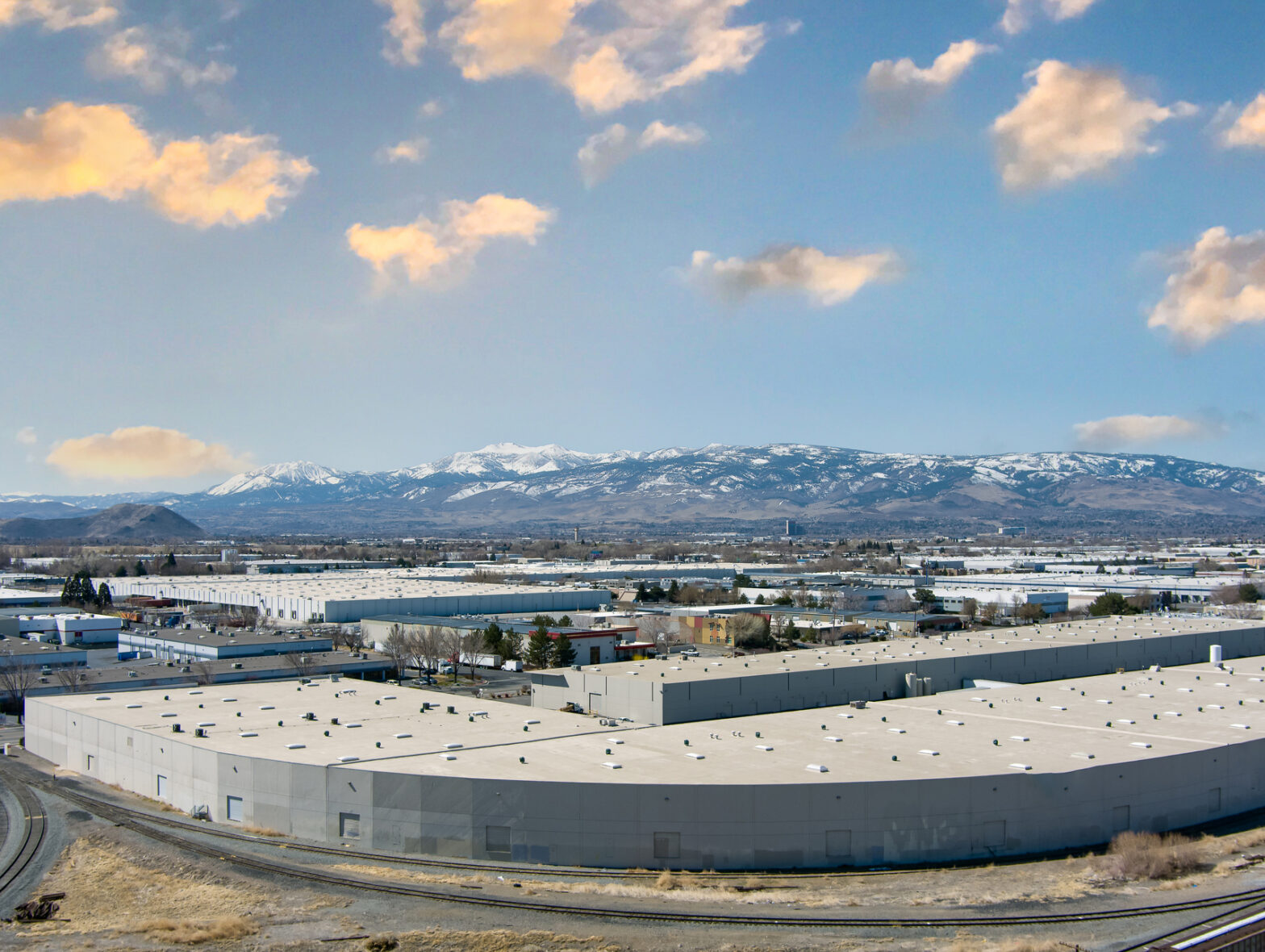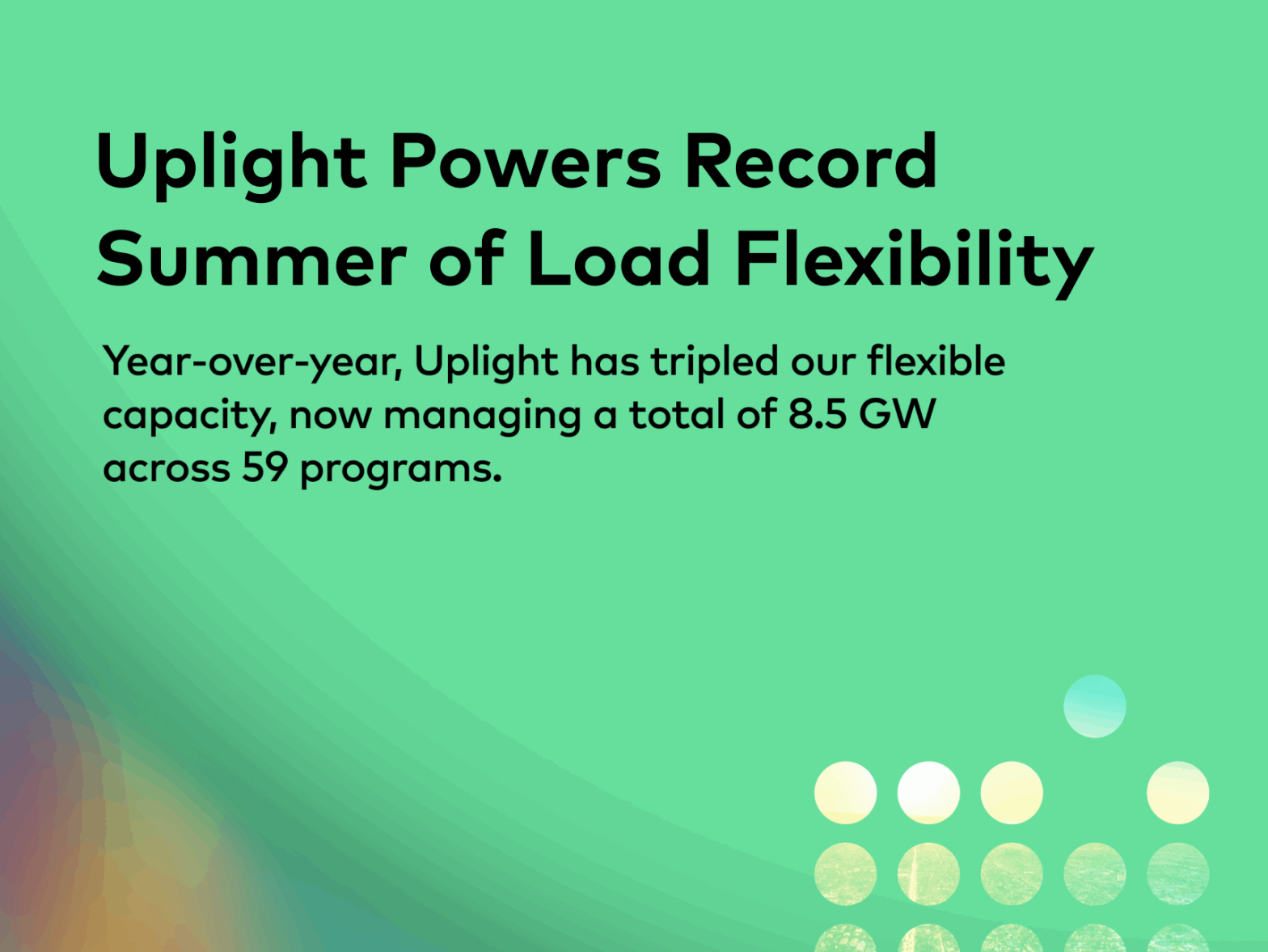Rounding Up ACEEE’s Energy Efficiency as a Resource Conference
Energy efficiency as a resource in the market seems to be faltering to a degree, whether it be the recent setbacks in Ohio during the summer, or in Iowa last year. Meanwhile the renewable energy space is continuing to accelerate with the passage of many 100% clean energy targets by states across the country. Efficiency is stuck in an eddy while the rest of the industry is out in the main flow of the river bringing benefits to society, jobs to places we need them, earnings to utilities, and delivering what the public perceives as needed in today’s world.1 We in the efficiency space know of the value and importance energy efficiency brings but to those outside the industry the benefits can be harder to discern.
The resource potential of electrical energy efficiency in the US could reduce the nation’s demand by 17.5% of retail sales by 20352. In 2017 the US sat at a minuscule .7% of electric retail sales saved from energy efficiency measures across the residential, commercial, and industrial sectors.3 And that’s only on the electric side! Gas also makes up a large opportunity particularly in the face of beneficial electrification which is gaining traction across the country. Up until now our industry has laid the foundations of an industry that can fundamentally change how our nation looks at and uses energy. Many of the advances our industry is currently making and proposing to move our industry forward was discussed in detail at ACEEE’s tenth Energy Efficiency as a Resource Conference in Minneapolis, Minnesota a few weeks ago.
One area discussed at the conference is how efficiency is perceived in the market by grid operators. Efficiency needs to be reliable enough for grid operators to be able to depend on it. Efficiency has to deliver what it says it’s going to so that grid operators as well as planners can rely on expected DSM savings. Additionally, utilities need a quick and accurate way of measuring those savings to know that they’re actually being delivered; not a year later which is what most M&V evaluations of efficiency programs aim for.
That leads to another discussion point of the conference in that we need a way to not only show what efficiency savings are being delivered (hard since efficiency is intangible) but a way to better quantify the actual benefits delivered. There are two pieces to this. First, utilities need more accurate and transparent avoided cost metrics to more accurately quantify the value that efficiency is delivering. Second, energy efficiency needs to move past delivering X kWhs per year and instead to the number of kWhs delivered each hour on an 8760 basis to adequately quantify the value that is actually being delivered to the grid. An efficiency measure delivering kWh savings during the middle of a hot summer day when peaker plants are running is valued greater than a measure that delivers savings in the middle of the night when a large capacity of wind is online. Location is critical too as different locations have different constraints and characteristics including the generation mix, which more accurately determines the avoided costs and thus the benefits an efficiency measure delivers. The development of NMEC (Normalized Metered Energy Consumption) is trying to get to this right now, particularly in California.
A final key point from the conference is that the way we’re going to achieve utility, state, national (although on hold at the moment), and global climate goals is for efficiency to grow past just electrical or gas efficiency and move to overall efficiency. This means not just accounting for the energy used within the power sector but that of an entire economy, including transportation. The way to achieve overall efficiency is beneficial electrification, but why should electric customers foot the bill when it’s the use of automobiles that drives the emissions? It’s a question first for legislators, not regulators, (and thus not yet utilities). We need a carbon price (or another mechanism) and a way for EV users to pay for their share of getting from point A to point B. Also, when implementing electrification it has to be beneficial so that switching from one resource to another not only is cheaper for the individual and society, but also lowers the amount of source energy used as well as reducing GHG.
Beneficial electrification is going to be a massive new measure for energy efficiency companies and utilities to deliver into the market. If we can deliver these new as well as existing measures to the market in a way that is accurately quantifiable and trusted by those who run the grid, we can grow the amount of energy saved from barely noticeable numbers to a resource that is depended on for the system to operate. We have the means and technology now; we just need to put all the pieces together to grow efficiency as a resource in the market to levels that will truly change our industry and the world.
Getting out of the eddy is going to take more than a few hard paddle strokes to get into the current. Our industry has created and advanced the tools, we have the carbon fiber paddle in hand, and now we need the directive and incentives in place to lunge forward and start making those hard pulls. The ACEEE conference in Minneapolis really showed how hard people and organizations are trying to move our industry forward. Legislators, regulators, utilities, companies, households, and individuals all either have a sense of urgency to act on climate change or see it playing out around them. Energy efficiency is something every one of these groups can get behind and act on right now to benefit all. Let’s take that and continue to push forward at an increasing effort and speed. Together, we can get out of the eddy and into the current.




